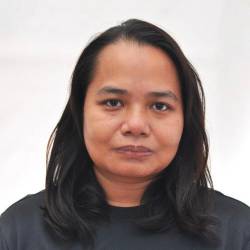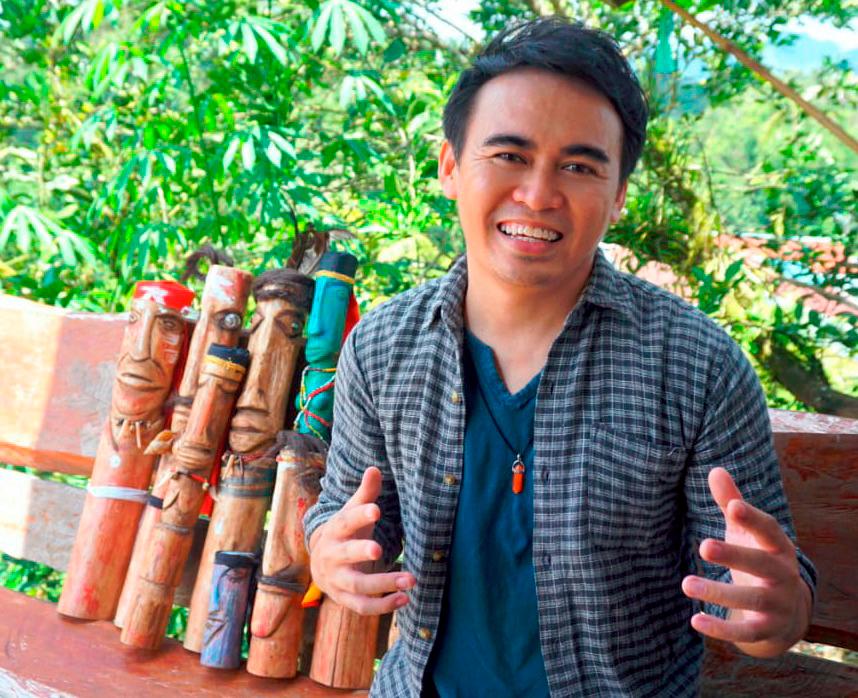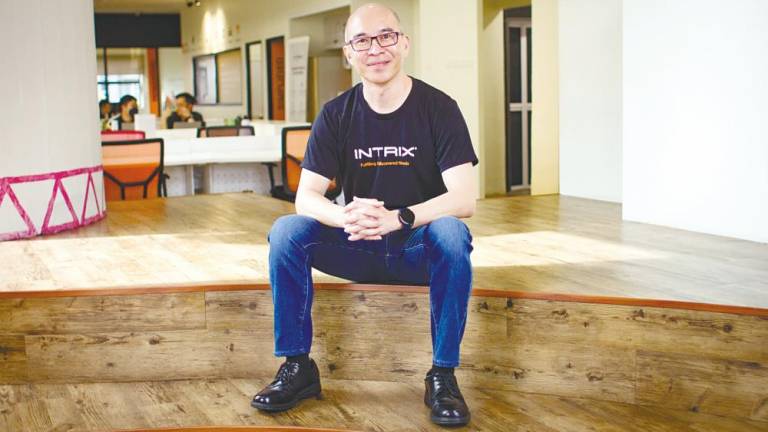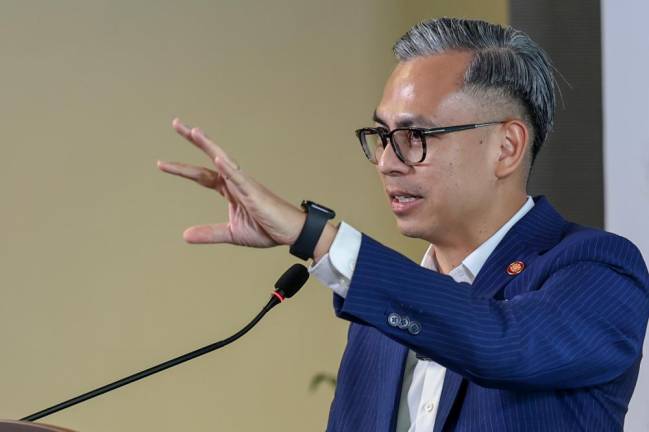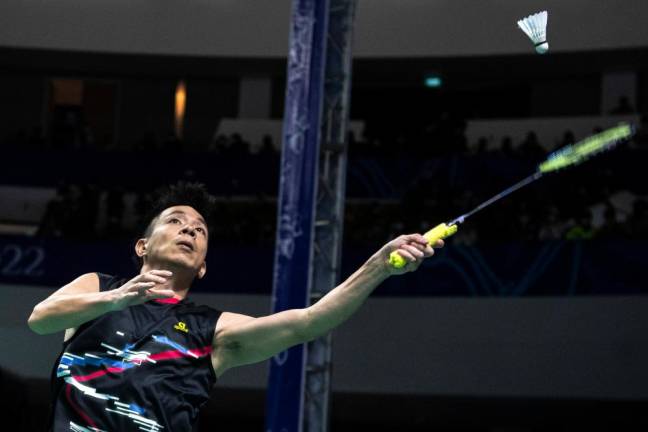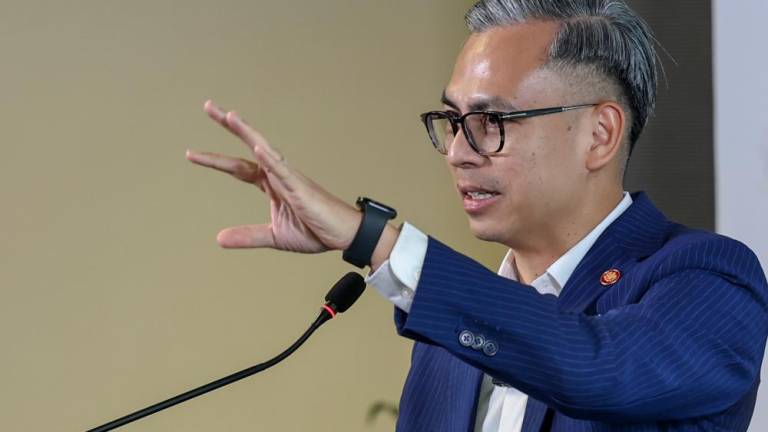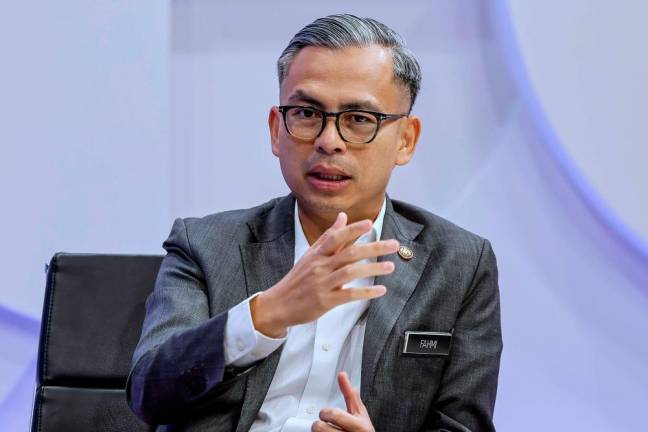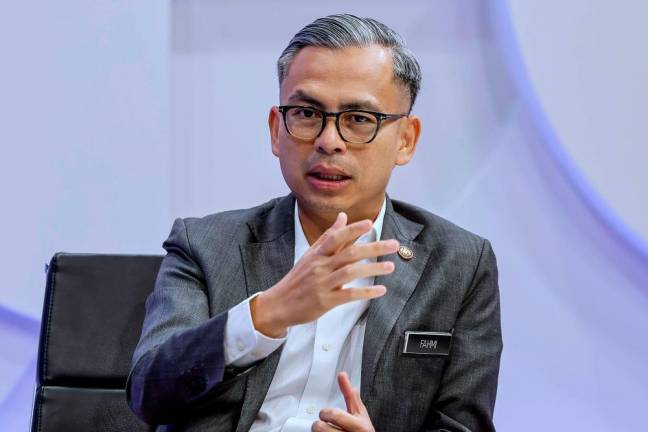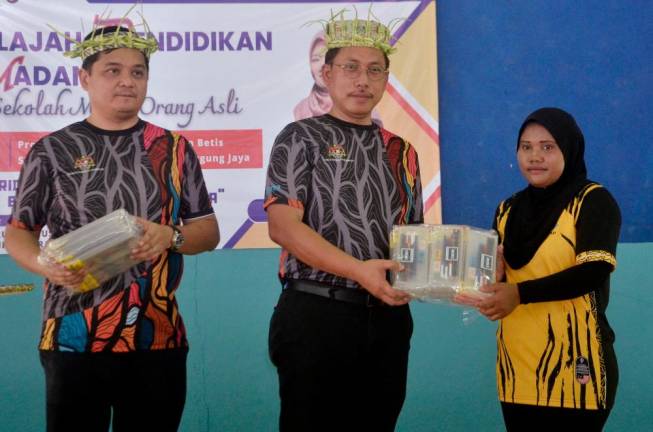WHEN Kendy Mitot asked his cousins to join him in a Gawai festival some years ago, they rebuked him, saying that it was against their religious beliefs.
Rather than give in to their disapproval, he explained that his intention was to document the rituals that are part of his Bidayuh culture.
Despite his cousins’ objections, he joined the festival that is celebrated by various native communities across Sarawak in June every year.
Kendy, 34, who has been a lecturer at Tunku Abdul Rahman University College in Setapak, Kuala Lumpur for eight years, believes it is important to be able to separate religion from culture.
“Whatever our religion, we are Bidayuh and this is our tradition,” he said in a recent interview with theSun. The Bidayuhs comprise about 8% of the Sarawak population.
Kendy is on a one-man mission to keep his culture alive, and he is doing it through a medium he knows best – art. In line with the International Day of the World’s Indigenous Peoples on Monday, he also wants to educate more of the younger generation to harness their interest in their traditions, and to make it relevant in the modern era.
The theme for this year’s celebration is “Leaving No One Behind: Indigenous Peoples and the Call for a New Social Contract”.
Kendy believes art is a visual language that is used to explore and express thoughts and feelings.
In 2017, he produced a piece with a mix of paint, charcoal, dry wood and leaves – material readily available near his home in Kuching – to produce an artwork for display at the Galeri Petronas, Suria KLCC in Kuala Lumpur. His piece, titled Bilayar Simonggi l’eng D’e Piobio (The last voyage of the souls/spirits), was a tribute to the Bidayuh culture.
Kendy said the challenge was to use only traditional or natural elements to highlight the Bidayuh identity and traditions, especially those related to ceremonies, myths, symbols and rituals.
“Those in my community who saw the artwork told me it brought back childhood memories,” he said.
However, getting the elders in his community to share their rituals remains a challenge.
“There are many taboos to observe, so I have to work hard to gain their trust first.
“The shamans would only share their story once as they believe that every word that is said is like a chant to summon our ancestors,” he added.
The shamans, known in the Bidayuh language as “Dayung Borih”, play a central role in sustaining the community’s culture and belief system. “They serve an important function in rituals, being the mediator between humanity and the spiritual world,” said Kendy.
Picking the right person to become a shaman is beyond human capability. “A potential candidate will experience an episode of serious illness. If she recovers, it confirms her potential as the link between the spiritual and human planes. Only then is she recognised as a shaman,” he said.
Kendy’s first ambition was to be an electrical engineer but a lecturer at his university recognised his talent for the arts, which prompted him to make the switch.
“As an artist, educator and researcher, I look for creative ways to document, preserve and educate people, especially the younger generation, about our culture,”
he added.
He lamented the fact that many young people are now too taken up with modernisation to learn more about their heritage.
“Some are confused, being unable to differentiate between tradition and religious beliefs.”
Kendy believes it is the responsibility of everyone in any community to be involved in efforts to preserve their tradition.
“It is important to have a sense of appreciation for our past. This could be the last chance we have of being a part of it,” he added.



